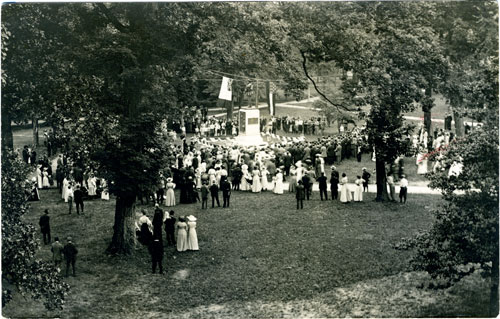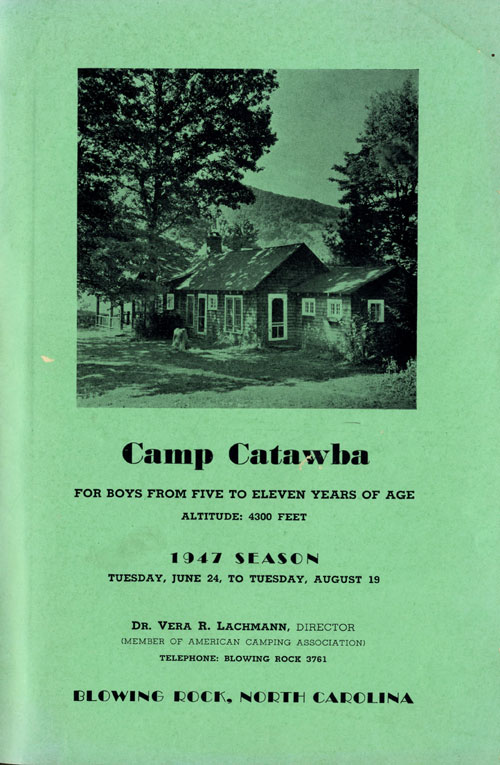“Rather than appearing exclusively on fashionable city streets or on the hills overlooking the largest cities, 19th century mansions were constructed everywhere. Eighteenth century North Carolina was noticeably lacking in distinguished Georgian mansions, because of its relative poverty, but in the 19th century scores of elegant houses in the latest styles arose in little towns all over the state. Some were erected by migrants from Virginia who grew rich in Warren and Halifax, the prime tobacco counties…. William Williams owned three plantations spread over 6,000 acres and built Montmorenci with the fabulous curving staircase that now stands in the Winterthur Museum.
“By the middle of the century nearly every town across the northern and eastern regions of the state had a mansion of some proportions, and some had a half dozen or more. These houses stood as evidence that gentility and polite society had come to country towns.”
— From “The Refinement of America: Persons, Houses, Cities” by Richard Lyman Bushman (1992)


